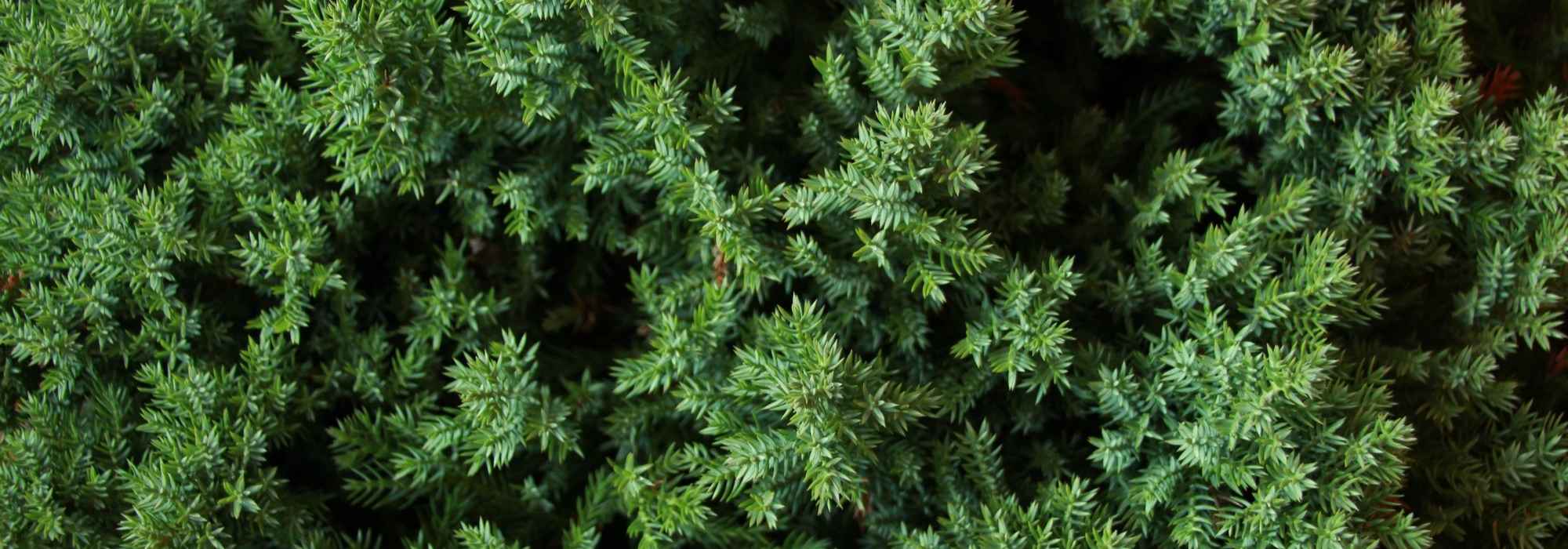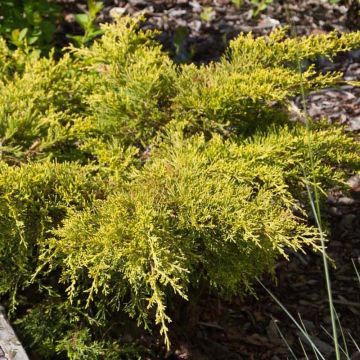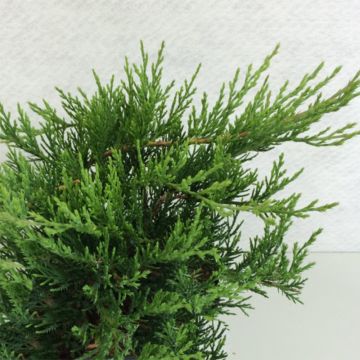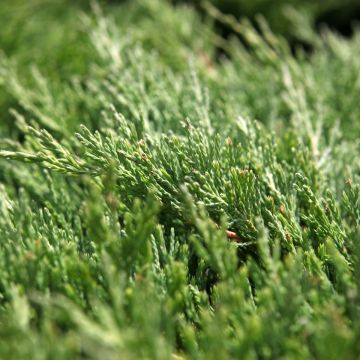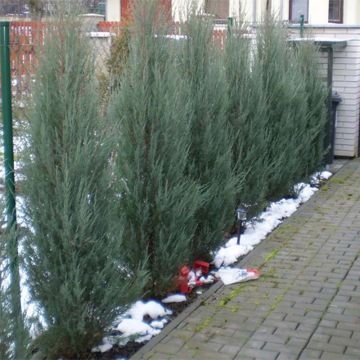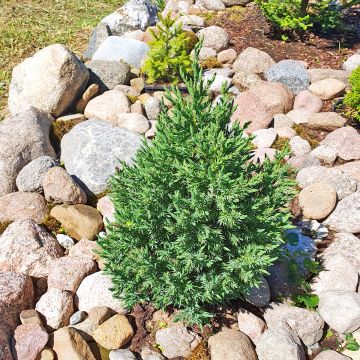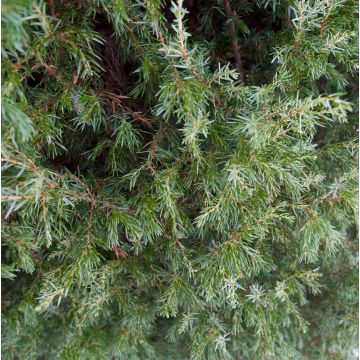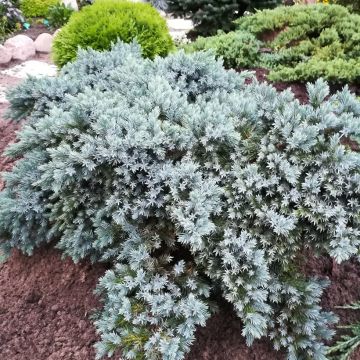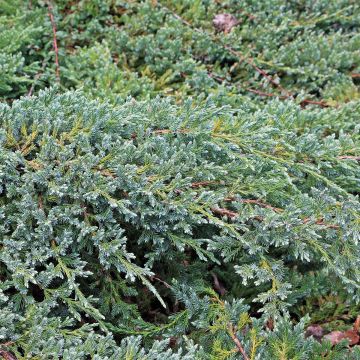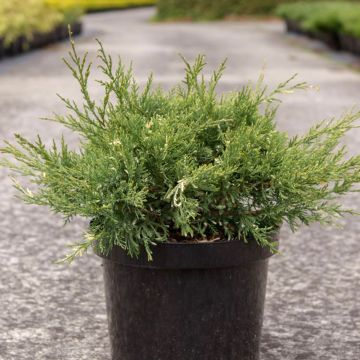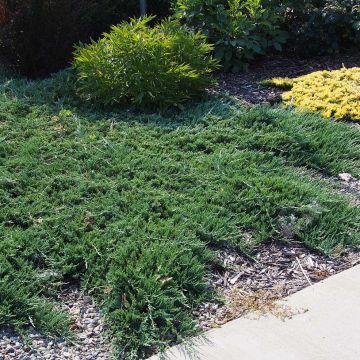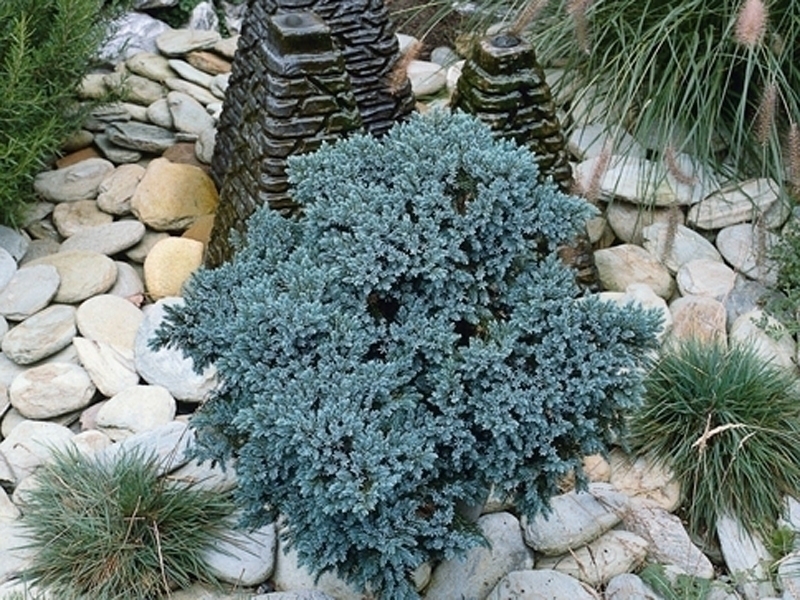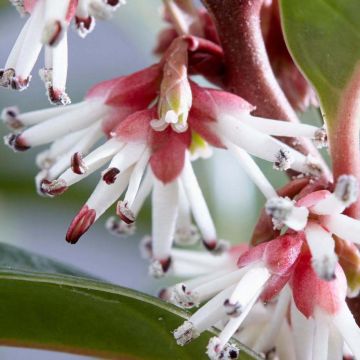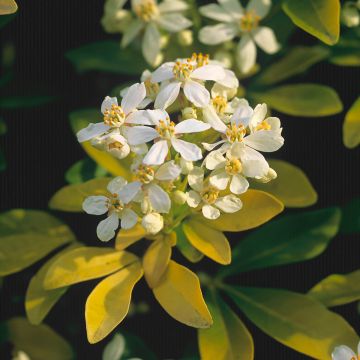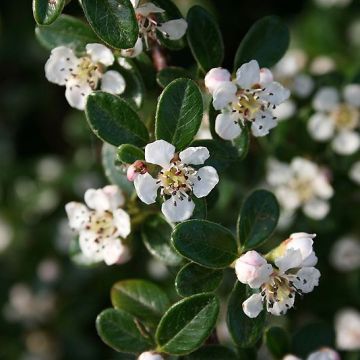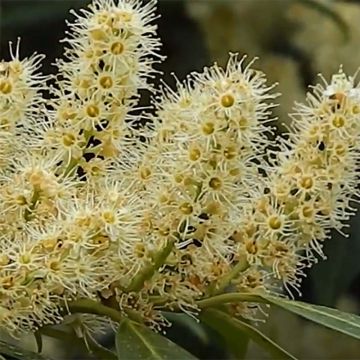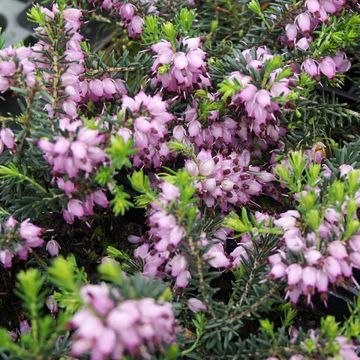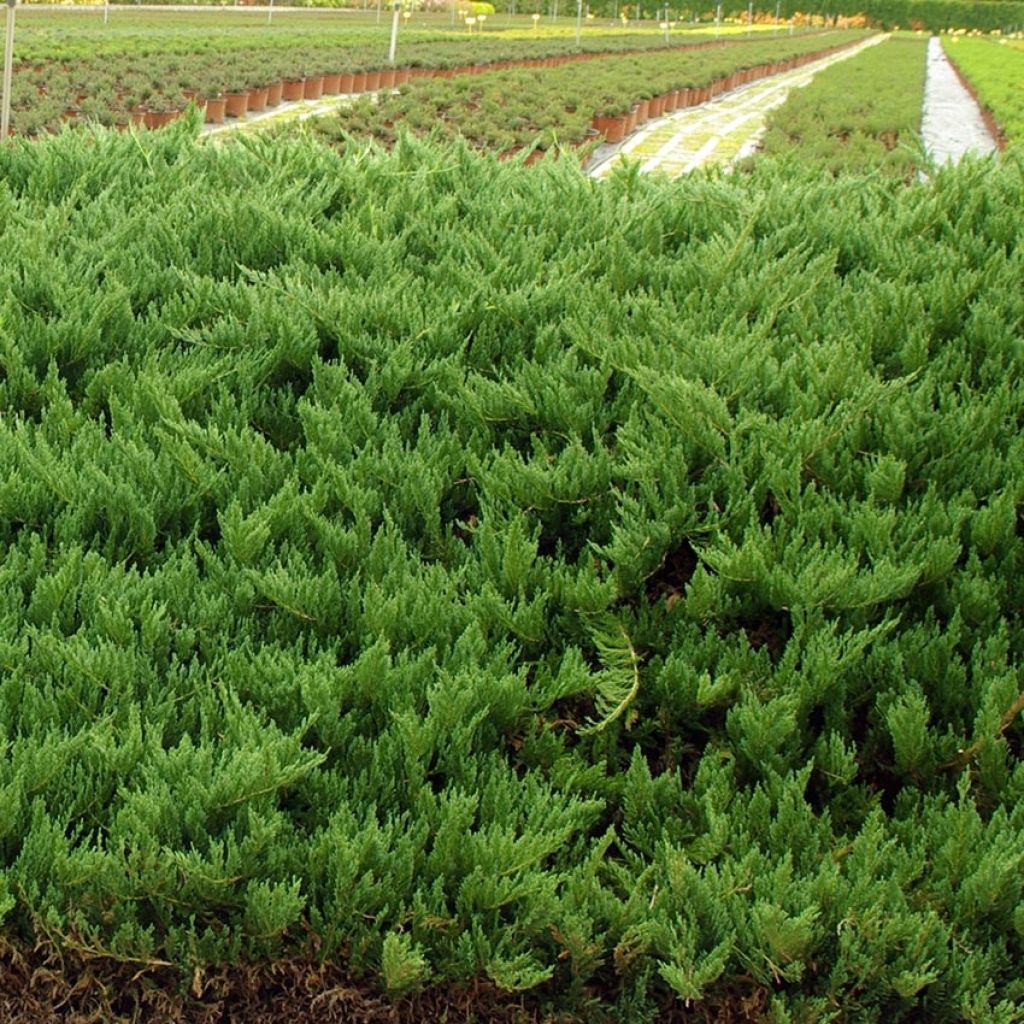

Juniperus sabina Tamariscifolia
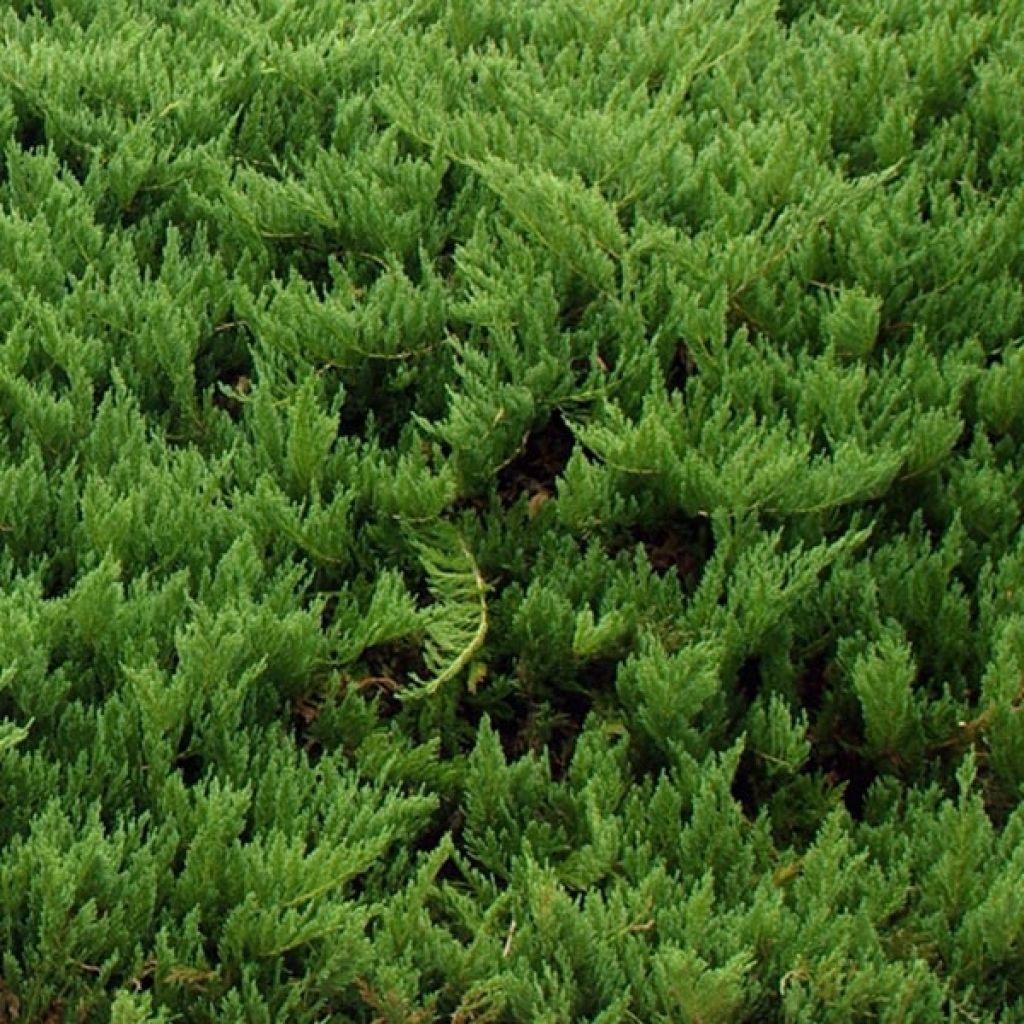

Juniperus sabina Tamariscifolia
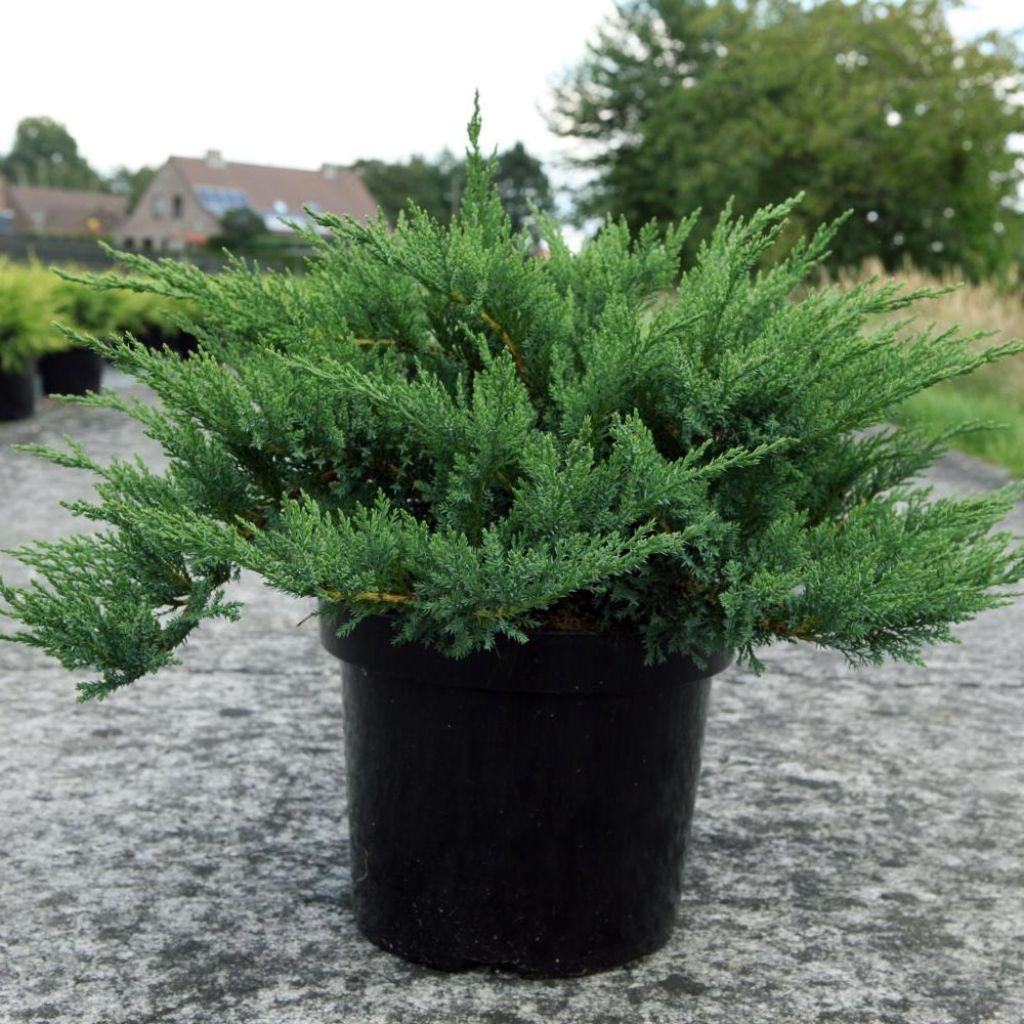

Juniperus sabina Tamariscifolia
Juniperus sabina Tamariscifolia
Juniperus sabina Tamariscifolia
Savin Juniper, Sabine Juniper, Sabine
Special offer!
Receive a €20 voucher for any order over €90 (excluding delivery costs, credit notes, and plastic-free options)!
1- Add your favorite plants to your cart.
2- Once you have reached €90, confirm your order (you can even choose the delivery date!).
3- As soon as your order is shipped, you will receive an email containing your voucher code, valid for 3 months (90 days).
Your voucher is unique and can only be used once, for any order with a minimum value of €20, excluding delivery costs.
Can be combined with other current offers, non-divisible and non-refundable.
Home or relay delivery (depending on size and destination)
Schedule delivery date,
and select date in basket
This plant carries a 24 months recovery warranty
More information
We guarantee the quality of our plants for a full growing cycle, and will replace at our expense any plant that fails to recover under normal climatic and planting conditions.
Would this plant suit my garden?
Set up your Plantfit profile →
Description
Juniperus sabina 'Tamariscifolia', also known as Tamarisk-leaved savin, is an evergreen bush with a spreading and low habit, with branches arranged in horizontal tiers and foliage that is very dense and curly but not prickly. Its precious foliage has a beautiful glaucous silver-green colour with bluish reflections all year round. This exceptional variety cascades down slopes, fits into rock gardens, or confidently fills a border in a small garden. It is a slow-growing conifer, but also an extremely hardy plant, perfectly adapted to wind, drought, and high altitudes. It thrives in full sun and well-drained soil, even poor, dry soil, and tolerates limestone.
Also known as Savin, Juniperus sabina is a mountain species native to cold regions of Europe (Andalusia, Turkey, Alps, Balkans), North Africa (Algeria and Morocco), and Asia. It can be found between altitudes of 1400 and 2750 metres (4600ft - 9020ft), but also in many parks and gardens at lower elevations where it has acclimated perfectly. It is a conifer with perfect hardiness (up to -40°C) and remarkable vigour belonging to the cypress family.
'Tamariscifolia' forms a beautiful dense and spreading shrub after a few years, measuring 80cm (31.5in) in height with a spread of 1.50 to 2m (5ft - 7ft 6in). It grows slowly when young, then its growth accelerates slightly with age. Its overlapping branches are covered with small scale-like leaves, tightly pressed in pairs on the upright branchlets, and emit a pleasant, penetrating, and aromatic scent when crushed. The fruits that form are flattened and spherical false berries called galbuli; they are bluish-black and pruinose when ripe, and rich in essential oil. Its reddish bark exfoliates with age. Junipers have a shallow root system that can sometimes make it difficult to associate them with perennials.
The Tamarisk-leaved juniper is an extraordinary small conifer, very frugal, that conquers even the most challenging areas of the garden as long as they are sunny. It can be fully embraced in a large slope, among rocks, above a wall or ledge, or near a swimming pool, as it blends well with geometric lines and masonry structures. It can be easily grown in pots and is well-suited for the art of bonsai. It can also be placed near a water feature, cascading down from a rocky scree. The graphic qualities of conifers naturally impose themselves in the design of a contemporary garden, which prefers the aesthetics of shapes, silhouettes, and textures over the dance of blooms. These plants, with their reassuring permanence, provide lasting structure to a bed, mark pathways, border terraces, easily replacing the strong presence of trimmed boxwood. They harmonize with wild grasses and heathers with highly complementary temperaments. The key is to play with volumes and colours.
Juniperus sabina Tamariscifolia in pictures
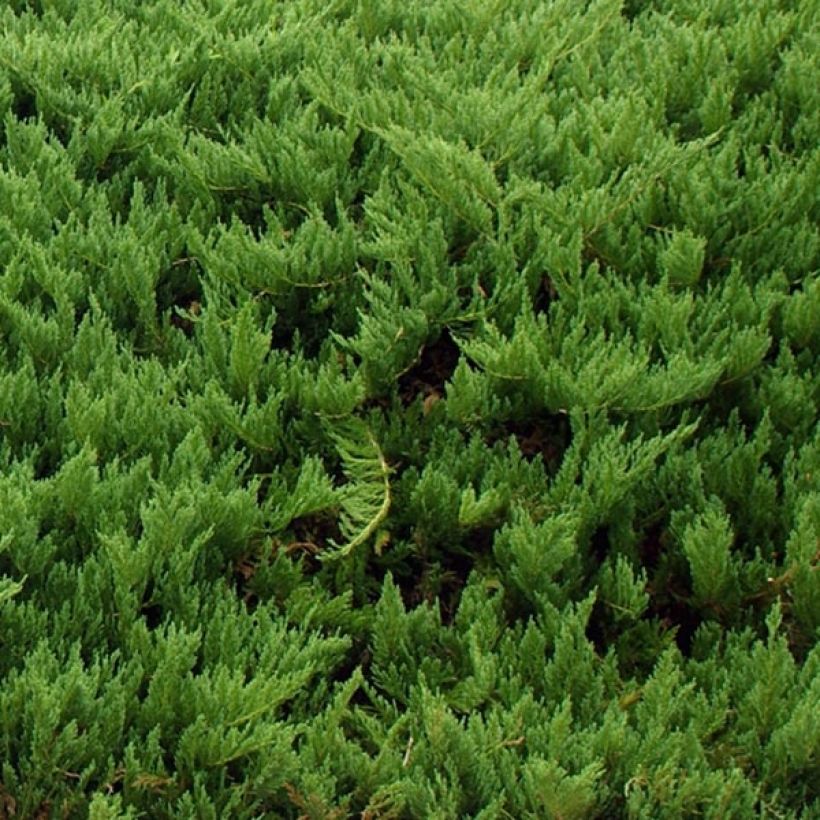

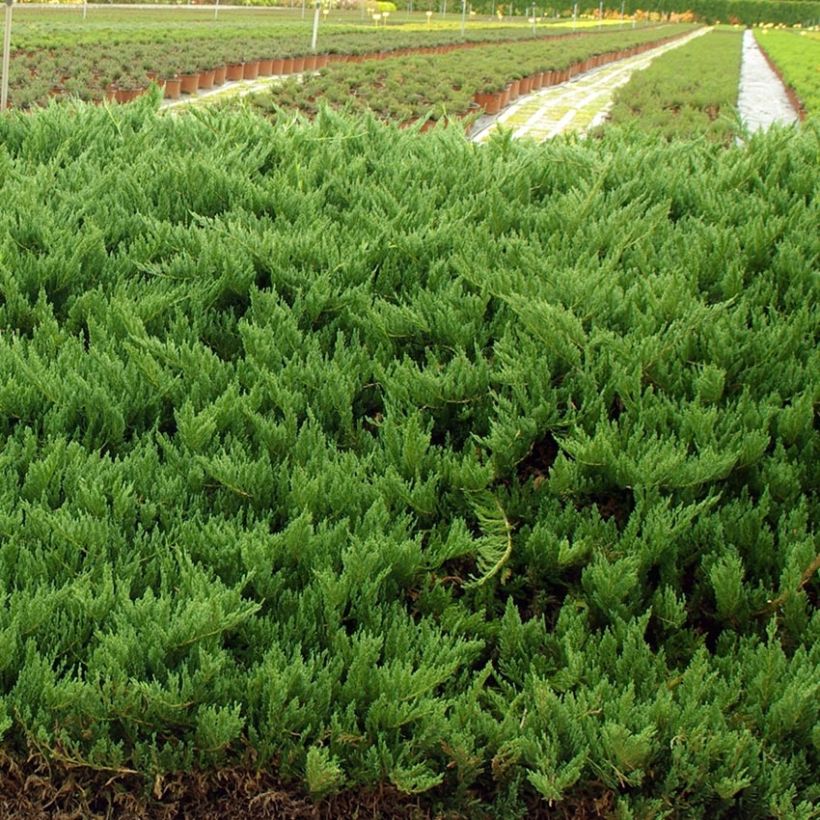

Plant habit
Flowering
Foliage
Safety measures
Botanical data
Juniperus
sabina
Tamariscifolia
Cupressaceae
Savin Juniper, Sabine Juniper, Sabine
Cultivar or hybrid
atteinterespiratoire
Cette plante peut entraîner des symptômes allergiques.
Evitez de la planter si vous ou vos proches souffrez de rhinite saisonnière ("rhume des foins").
Davantage d'informations sur https://plantes-risque.info
Other Juniperus - Juniper
View all →Planting and care
Juniperus 'Tamariscifolia' is planted from September to November and from February to June in very well-drained, light, even slightly chalky and poor soil. A rocky or sandy soil that is occasionally dry does not bother it. Choose a very sunny location or, at most, partially shaded. Soak the root balls well before planting. Add organic amendment at planting and water generously in the first years. Apply a special conifer fertilizer every year in April and cultivate the soil in summer. This very hardy conifer fears heavy, waterlogged soils in winter. Pruning is not necessary, but this conifer can be pruned to maintain a beautiful habit or form a bonsai. Old wood, devoid of needles, rarely regrows. If necessary, proceed from June to September.
Planting period
Intended location
Care
Planting & care advice
This item has not been reviewed yet - be the first to leave a review about it.
Similar products
Haven't found what you were looking for?
Hardiness is the lowest winter temperature a plant can endure without suffering serious damage or even dying. However, hardiness is affected by location (a sheltered area, such as a patio), protection (winter cover) and soil type (hardiness is improved by well-drained soil).

Photo Sharing Terms & Conditions
In order to encourage gardeners to interact and share their experiences, Promesse de fleurs offers various media enabling content to be uploaded onto its Site - in particular via the ‘Photo sharing’ module.
The User agrees to refrain from:
- Posting any content that is illegal, prejudicial, insulting, racist, inciteful to hatred, revisionist, contrary to public decency, that infringes on privacy or on the privacy rights of third parties, in particular the publicity rights of persons and goods, intellectual property rights, or the right to privacy.
- Submitting content on behalf of a third party;
- Impersonate the identity of a third party and/or publish any personal information about a third party;
In general, the User undertakes to refrain from any unethical behaviour.
All Content (in particular text, comments, files, images, photos, videos, creative works, etc.), which may be subject to property or intellectual property rights, image or other private rights, shall remain the property of the User, subject to the limited rights granted by the terms of the licence granted by Promesse de fleurs as stated below. Users are at liberty to publish or not to publish such Content on the Site, notably via the ‘Photo Sharing’ facility, and accept that this Content shall be made public and freely accessible, notably on the Internet.
Users further acknowledge, undertake to have ,and guarantee that they hold all necessary rights and permissions to publish such material on the Site, in particular with regard to the legislation in force pertaining to any privacy, property, intellectual property, image, or contractual rights, or rights of any other nature. By publishing such Content on the Site, Users acknowledge accepting full liability as publishers of the Content within the meaning of the law, and grant Promesse de fleurs, free of charge, an inclusive, worldwide licence for the said Content for the entire duration of its publication, including all reproduction, representation, up/downloading, displaying, performing, transmission, and storage rights.
Users also grant permission for their name to be linked to the Content and accept that this link may not always be made available.
By engaging in posting material, Users consent to their Content becoming automatically accessible on the Internet, in particular on other sites and/or blogs and/or web pages of the Promesse de fleurs site, including in particular social pages and the Promesse de fleurs catalogue.
Users may secure the removal of entrusted content free of charge by issuing a simple request via our contact form.
The flowering period indicated on our website applies to countries and regions located in USDA zone 8 (France, the United Kingdom, Ireland, the Netherlands, etc.)
It will vary according to where you live:
- In zones 9 to 10 (Italy, Spain, Greece, etc.), flowering will occur about 2 to 4 weeks earlier.
- In zones 6 to 7 (Germany, Poland, Slovenia, and lower mountainous regions), flowering will be delayed by 2 to 3 weeks.
- In zone 5 (Central Europe, Scandinavia), blooming will be delayed by 3 to 5 weeks.
In temperate climates, pruning of spring-flowering shrubs (forsythia, spireas, etc.) should be done just after flowering.
Pruning of summer-flowering shrubs (Indian Lilac, Perovskia, etc.) can be done in winter or spring.
In cold regions as well as with frost-sensitive plants, avoid pruning too early when severe frosts may still occur.
The planting period indicated on our website applies to countries and regions located in USDA zone 8 (France, United Kingdom, Ireland, Netherlands).
It will vary according to where you live:
- In Mediterranean zones (Marseille, Madrid, Milan, etc.), autumn and winter are the best planting periods.
- In continental zones (Strasbourg, Munich, Vienna, etc.), delay planting by 2 to 3 weeks in spring and bring it forward by 2 to 4 weeks in autumn.
- In mountainous regions (the Alps, Pyrenees, Carpathians, etc.), it is best to plant in late spring (May-June) or late summer (August-September).
The harvesting period indicated on our website applies to countries and regions in USDA zone 8 (France, England, Ireland, the Netherlands).
In colder areas (Scandinavia, Poland, Austria...) fruit and vegetable harvests are likely to be delayed by 3-4 weeks.
In warmer areas (Italy, Spain, Greece, etc.), harvesting will probably take place earlier, depending on weather conditions.
The sowing periods indicated on our website apply to countries and regions within USDA Zone 8 (France, UK, Ireland, Netherlands).
In colder areas (Scandinavia, Poland, Austria...), delay any outdoor sowing by 3-4 weeks, or sow under glass.
In warmer climes (Italy, Spain, Greece, etc.), bring outdoor sowing forward by a few weeks.






























